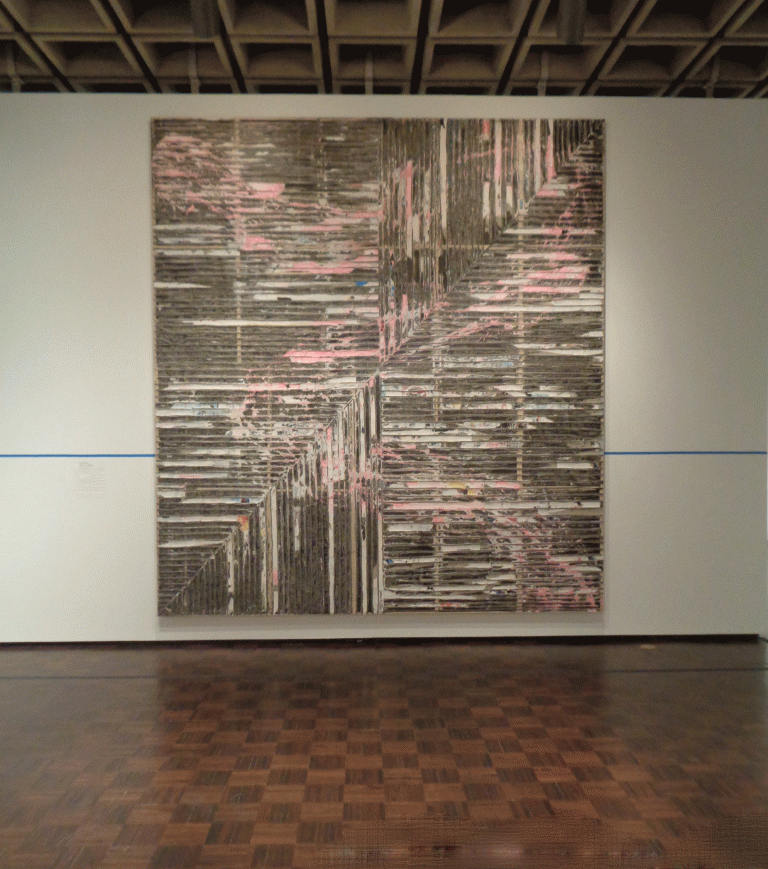The Impressionist Gustave Caillebotte twice painted men scraping a wooden floor (below).
Among the first paintings to show urban workers at work.

Les Raboteurs de Parquet, 1875, oil on canvas. Gustave Caillebotte, 1848-1894, French. Musée d’Orsay from its website.
Rejected by the Salon of 1875 for its supposedly shocking and vulgar subject matter.
Exhibited with the painting below in 1876 in the 2nd Impressionist Exhibition.
The subject was reprised by the painter the next year.
These are beautiful canvases for their human content and their composition:
the contrast between the richness of the room(s) with the bare whiteness of the men’s torsos, and the cut off sleeves of one man;
their energy with the stillness of the room;
their kneeling on all fours in rooms which would not see this pose from their owners unless those owners were up to bizarre hijinks.




Details of The Floor Scrapers (Les raboteurs de parquet), 1876, oil on canvas.
Gustave Caillebotte, 1848-1894, French. Loaned by the Musée d’Orsay, Paris to the Brooklyn Museum of Art in 2009.
The Metropolitan Museum exhibited the painting below in 2019 among their newly-acquired works:

As below
The artist said that the inspiration for this was, in part, Caillebotte’s 1875 Floor Scrapers.
The Met explains that the artist translates this painting into an abstract which “alludes to contemporary issues of class, location and space.”
This allusion must derive from the process the artist used.

As below
The artist collected advertisements and other materials from abandoned buildings and empty lots in south-central Los Angeles where he lives. These he collaged over gridlines of paste, string and tape. Sanding this surface revealed colours.
In order to know what this work is about, you have to read something and understand something. It may, then, appeal to your intellect. It may appeal then to one or other of your senses.

Cracks Between the Floorboards, 2014, printed and painted paper, masking tape and acrylic media on canvas; and detail.
Mark Bradford, American born 1961. Metropolitan Museum of Art, NY.
I found this work as dead as a door nail. An exercise of unoriginal mind translated to hands to produce something to appeal to museums.
The post-modernist dead in which the sense of things has been evacuated, reduced, diminished, conceptualized, processed into something else for the titillation of those in the know.
Something to hang on a museum wall, dead as a door nail even if prettier.

Having scraped floors, I love these paintings.
Understand! Sarah